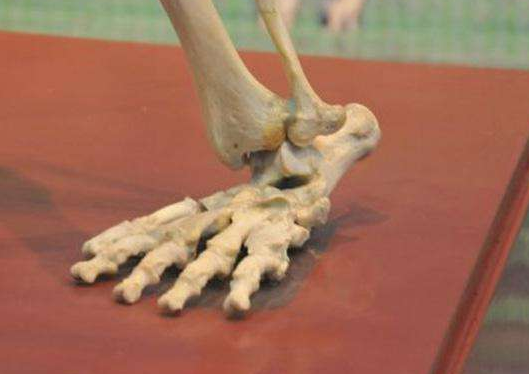The very earliest tetrapods did not, as all the textbooks claimed, have five fingers after all.
最早的四足动物并不像所有教科书中记载的那样,长着5个趾头
It suddenly raised the question: if the most basic assumption behind the previous 100 years' research was wrong
这立刻引出了这样一个问题:若是连100多年来探寻背后的最基本假设都不正确
then what else might be wrong?
那么是不是还有别的错误呢
Until that day I had assumed, like everyone else, that five was the primitive number of digits for a tetrapod limb.
在此之前,我和其他人一样,也认为四足动物足趾的最初数量是5根

The old explanations for the origin of the structure,
原来的那些关于结构的起源的说法,
after all one of the most fundamental and defining structures of being a tetrapod,
成为四足动物的最基本的结构定义
and in our own way of being human, was in the bin.
还有我们成为人类的过程,都变成了空谈
Scientists now believe our earliest ancestors with legs
科学家们如今认为,我们最早长出腿的祖先
must have started out life with numerous digits and then evolution reduced them to five
一开始可能依赖多根趾头生活,后来进化才把它们减少为5根
over the aeons that followed and the shocks just kept getting bigger.
这一特征世代相传,而影响范围也越来越广
Another fundamental assumption, that we had evolved legs for the express purpose of walking, just could not be true.
另一种基本假设——我们进化出腿的直接目的是为了行走,也可能将不成立。


